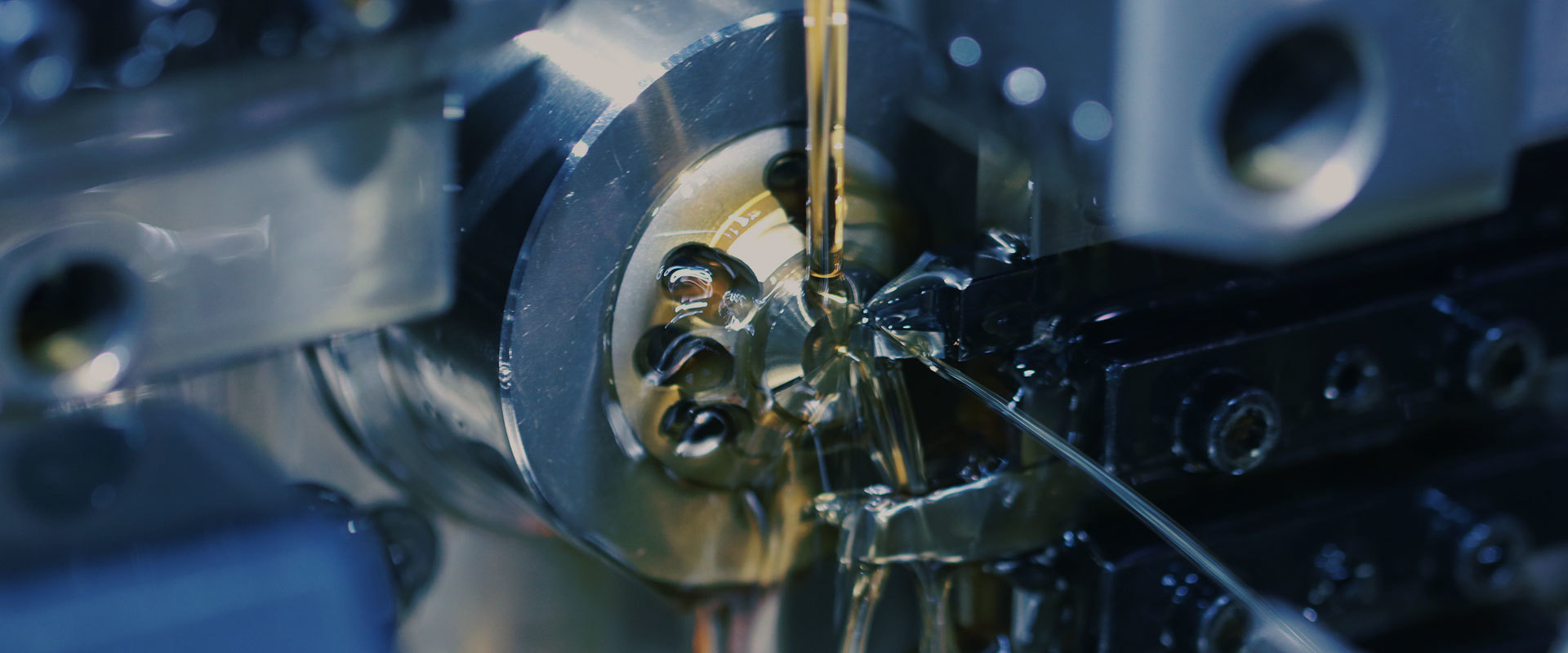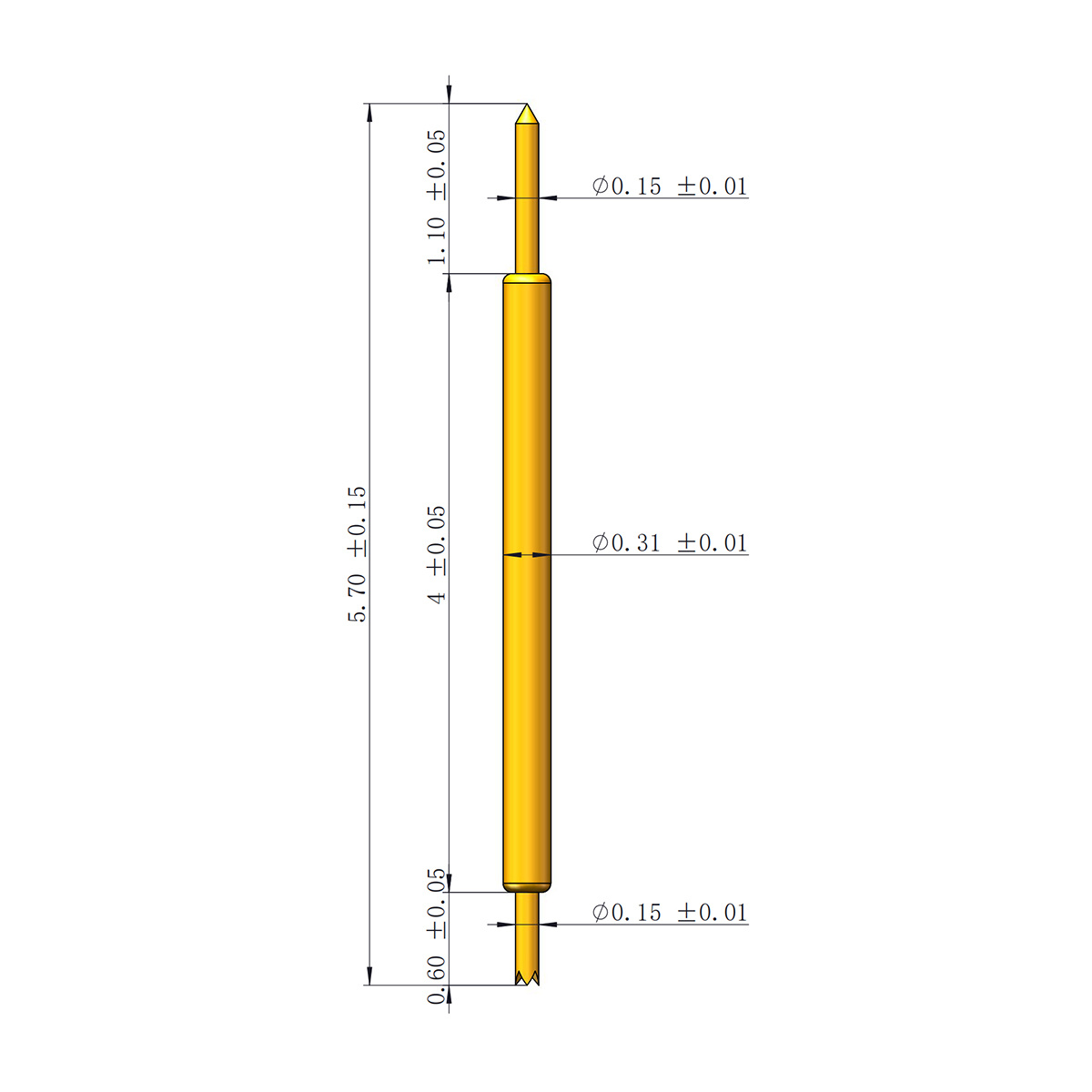language
English
العربية
বাংলাদেশ
Български
Hrvatski
Česky
Dansk
Nederland
 Esperanto
Esperanto
Slovenski
Filipino
Suomi
Français
Maori
 Shqiptare
Shqiptare
Georgian
 Euskara
Euskara
Deutsch
Ελλάδα
ישראל
इंडिया
Magyarország
Ísland
Indonesia
Irlanda
Italia
日本語
Sovensko
Հայաստան
한국
Kyrgyz
ປະເທດລາວ
 Zulu
Zulu
Latvian
Lithuanian
Luxembourgish
 Latinus
Latinus
Macedonian
Малайская
Maltese
Монгол улс
 Cymraeg
Cymraeg
ဗမာ
 தமிழ்
தமிழ்
नेपाल
Norge
ایران
Polska
Portugal
România
Российская
Србија
 Slovak
Slovak
Србија
 Slovak
Slovak
Bosanski
Slovenian
Беларус
España
Sverige
Точик
ประเทศไทย
Türk
Azərbaycan
Uzbek
 Afrikaans
Afrikaans
Việt Nam
Understanding Signal Transmission in RF Probes: A Comprehensive Guide
Source:
Author:
Signal transmission in RF (Radio Frequency) probes is a critical aspect of various electronic systems, particularly in the realm of alarm safety devices. RF probes are designed to detect and measure electromagnetic signals, providing valuable insights into system performance and potential issues. Understanding how these devices work can enhance your knowledge of their applications and benefits in security and alarm systems.
At its core, an RF probe operates as a sensor that captures radio frequency signals. These signals can originate from a variety of sources, including electronic devices, communication systems, and even environmental factors. The primary function of an RF probe is to convert these electromagnetic signals into a form that can be analyzed and interpreted. This conversion process allows for real-time monitoring and diagnostics, making RF probes invaluable in ensuring the reliability and effectiveness of alarm systems.
The technology behind signal transmission in RF probes involves several components, including antennas, amplifiers, and signal processing units. The antenna is responsible for capturing the radio frequency signals, while the amplifier boosts the signal strength for better clarity and accuracy. Finally, the signal processing unit interprets the data, providing users with the information they need to make informed decisions about their security systems.
In the context of electronic alarm safety devices, RF probes play a vital role in detecting unauthorized signals that may indicate a breach or malfunction. For instance, these probes can identify interference from external sources that could compromise the integrity of a security system. Moreover, RF probes can also be utilized to ensure that alarm systems are functioning optimally, helping to prevent false alarms and enhancing overall security measures.
Another important consideration when discussing signal transmission in RF probes is the frequency range. Different applications may require different frequency bands, and understanding the specific requirements of your system is essential for optimal performance. RF probes can operate across a variety of frequencies, allowing for versatility in different environments and use cases.
In conclusion, the significance of signal transmission in RF probes cannot be overstated. These devices are crucial for monitoring and maintaining the efficacy of electronic alarm safety systems. By understanding their functionality, applications, and the technology involved, you can make informed choices when implementing security measures in your environment. Whether you're an industry professional or simply interested in enhancing your knowledge, exploring the world of RF probes will provide you with a deeper appreciation for their role in modern security solutions.
At its core, an RF probe operates as a sensor that captures radio frequency signals. These signals can originate from a variety of sources, including electronic devices, communication systems, and even environmental factors. The primary function of an RF probe is to convert these electromagnetic signals into a form that can be analyzed and interpreted. This conversion process allows for real-time monitoring and diagnostics, making RF probes invaluable in ensuring the reliability and effectiveness of alarm systems.
The technology behind signal transmission in RF probes involves several components, including antennas, amplifiers, and signal processing units. The antenna is responsible for capturing the radio frequency signals, while the amplifier boosts the signal strength for better clarity and accuracy. Finally, the signal processing unit interprets the data, providing users with the information they need to make informed decisions about their security systems.
In the context of electronic alarm safety devices, RF probes play a vital role in detecting unauthorized signals that may indicate a breach or malfunction. For instance, these probes can identify interference from external sources that could compromise the integrity of a security system. Moreover, RF probes can also be utilized to ensure that alarm systems are functioning optimally, helping to prevent false alarms and enhancing overall security measures.
Another important consideration when discussing signal transmission in RF probes is the frequency range. Different applications may require different frequency bands, and understanding the specific requirements of your system is essential for optimal performance. RF probes can operate across a variety of frequencies, allowing for versatility in different environments and use cases.
In conclusion, the significance of signal transmission in RF probes cannot be overstated. These devices are crucial for monitoring and maintaining the efficacy of electronic alarm safety systems. By understanding their functionality, applications, and the technology involved, you can make informed choices when implementing security measures in your environment. Whether you're an industry professional or simply interested in enhancing your knowledge, exploring the world of RF probes will provide you with a deeper appreciation for their role in modern security solutions.
在线客服

Lanyi Electronics - Semiconductor Test Probe Manufacturing Plant
Customer first, quality first, unity and cooperation, mutual benefit and win-win






Copyright © 2022 Dongguan Lanyi Electronic Technology Co., Ltd. All Rights Reserved. 粤ICP备17061266号 Powered by www.300.cn SEO








